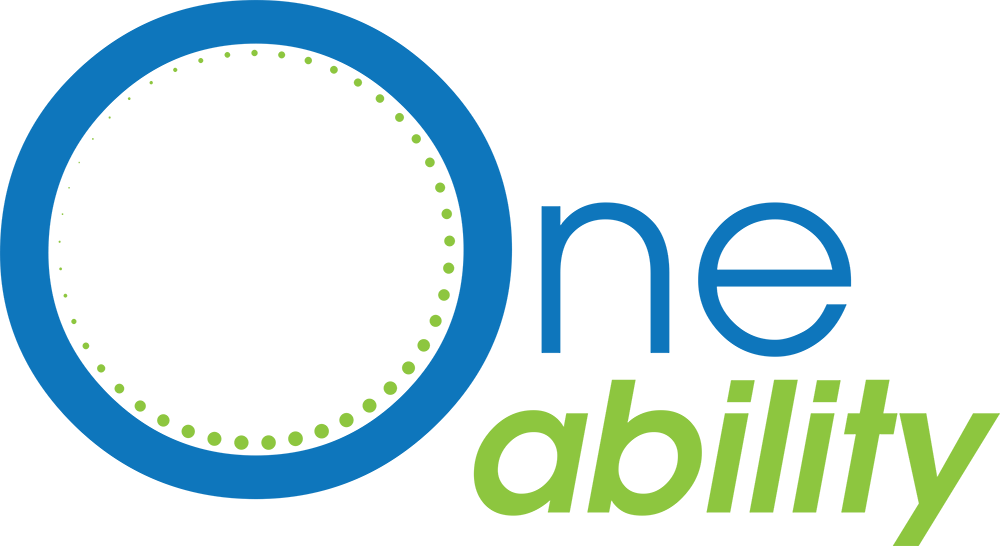Home › Forums › Members Forum › Best Practices for Salesforce: Optimizing Your CRM Implementation
- This topic is empty.
-
AuthorPosts
-
samuelkimball78
GuestSalesforce is a powerful buyer relationship management (CRM) platform that offers a variety of capabilities to businesses. To maximize the advantages of Salesforce and guarantee a successful implementation, you will need to follow finest practices that align with trade requirements and proven methodologies. In this article, we’ll discover some essential greatest practices for Salesforce that can assist you to optimize your CRM implementation and drive enterprise development.
1. Define Clear Objectives and Requirements
Before implementing Salesforce, it’s crucial to outline clear goals and requirements. Identify what you wish to achieve with the CRM system and align it with your corporation objectives. Clearly articulate your needs and expectations, corresponding to lead administration, sales forecasting, buyer assist, or advertising automation. This clarity will guide the configuration and customization of Salesforce to meet your particular necessities.
2. Engage Stakeholders and Users
Involve key stakeholders and end-users all through the implementation course of. Seek their input, handle their concerns, and guarantee their buy-in. Stakeholders can present useful insights into business processes, while end-users can offer suggestions on usability and functionality. Engaging stakeholders and customers fosters a way of ownership and promotes person adoption, which is essential for the success of your Salesforce implementation.
3. Data Quality and Integrity
Maintaining knowledge high quality and integrity is essential for effective ottawa Salesforce consultant Partner usage. Develop data administration strategies that include data cleansing, standardization, and de-duplication processes. Define data governance insurance policies and establish tips for knowledge entry, validation, and upkeep. Regularly monitor and clear your data to make sure accuracy and reliability, enabling you to make informed business choices primarily based on trustworthy data.
four. Customization vs. Configuration
Leverage Salesforce’s flexibility by hanging the best stability between customization and configuration. Configuration includes using out-of-the-box features and settings to satisfy your requirements. Reserve customization for distinctive business processes that can not be achieved through configuration alone. Customizations must be rigorously deliberate, documented, and tested to minimize complexity and future maintenance challenges.
5. User Training and Adoption
Invest in complete consumer training applications to make sure that your group members are proficient in using Salesforce. Provide hands-on training, create consumer documentation, and supply ongoing help. Emphasize the benefits of Salesforce and its impression on individual productiveness and team collaboration. Encourage consumer adoption via regular communication, suggestions loops, and recognizing early adopters. A well-trained and engaged consumer base maximizes the ROI of your Salesforce investment.
6. Integration with Existing Systems
Integrate Salesforce with your present systems and functions to attain a unified and seamless expertise. Identify the info and process flows that have to be synchronized across methods. Leverage Salesforce’s strong integration capabilities, corresponding to APIs and middleware, to attach with different systems, corresponding to ERP, advertising automation, or buyer support methods. Integration streamlines information trade, eliminates manual data entry, and allows a complete view of buyer interactions.
7. Ongoing Maintenance and Optimization
Treat Salesforce as a residing system that requires ongoing upkeep and optimization. Regularly evaluation your configuration, data high quality, and system performance. Stay updated with new Salesforce releases, features, and greatest practices. Continuously refine your processes, workflows, and stories based on user feedback and evolving business wants. Monitor key efficiency indicators (KPIs) and leverage Salesforce analytics to realize insights and establish areas for enchancment.
8. Security and User Access Control
Implement robust security measures to protect delicate information and ensure compliance with industry regulations. Define consumer roles, profiles, and permission sets based mostly on job obligations
. Enforce sturdy password insurance policies, enable multi-factor authentication, and often evaluate person entry rights. Maintain an audit path of system activities to trace modifications and detect any unauthorized actions.
By following these best practices, you’ll have the ability to optimize your Salesforce implementation and unlock its full potential. Remember to adapt these practices to your unique enterprise requirements and continually assess and refine your processes. With a well-executed Salesforce implementation, you’ll be able to improve customer relationships, streamline operations, and drive enterprise development.
Jessica Boland
GuestThanks for sharing! I found the tips on optimizing Salesforce CRM implementation really helpful. Have you tried any of these strategies yet?
Jessica Boland
GuestThanks for sharing! I found the tips on optimizing Salesforce CRM implementation really helpful. Have you tried any of these strategies yet?
Sheki
GuestIn the competitive landscape of solar marketing agencies, implementing effective marketing strategies is crucial for success. Here, we delve into the top strategies that solar companies can leverage to boost their brand visibility and attract more customers.
-
AuthorPosts
